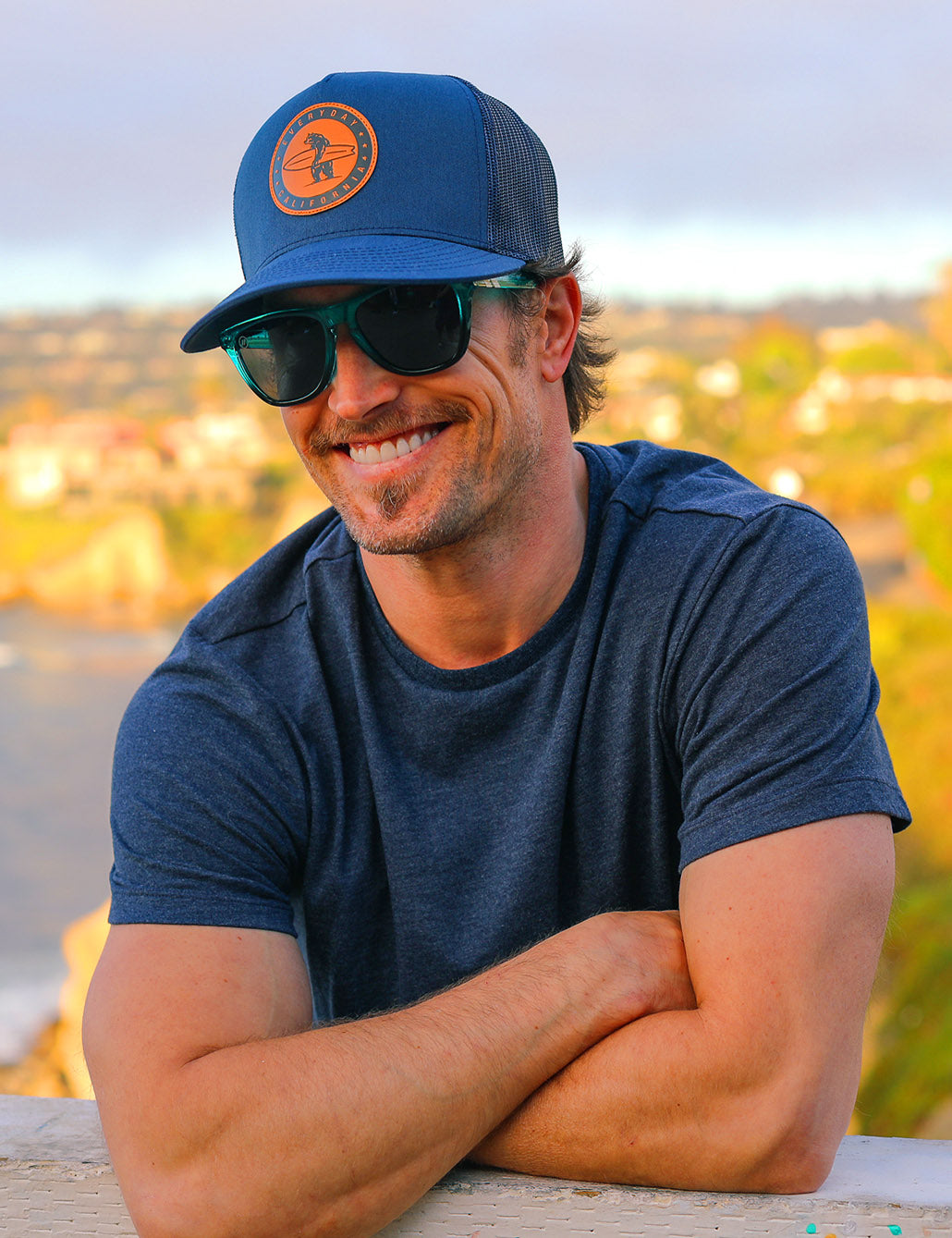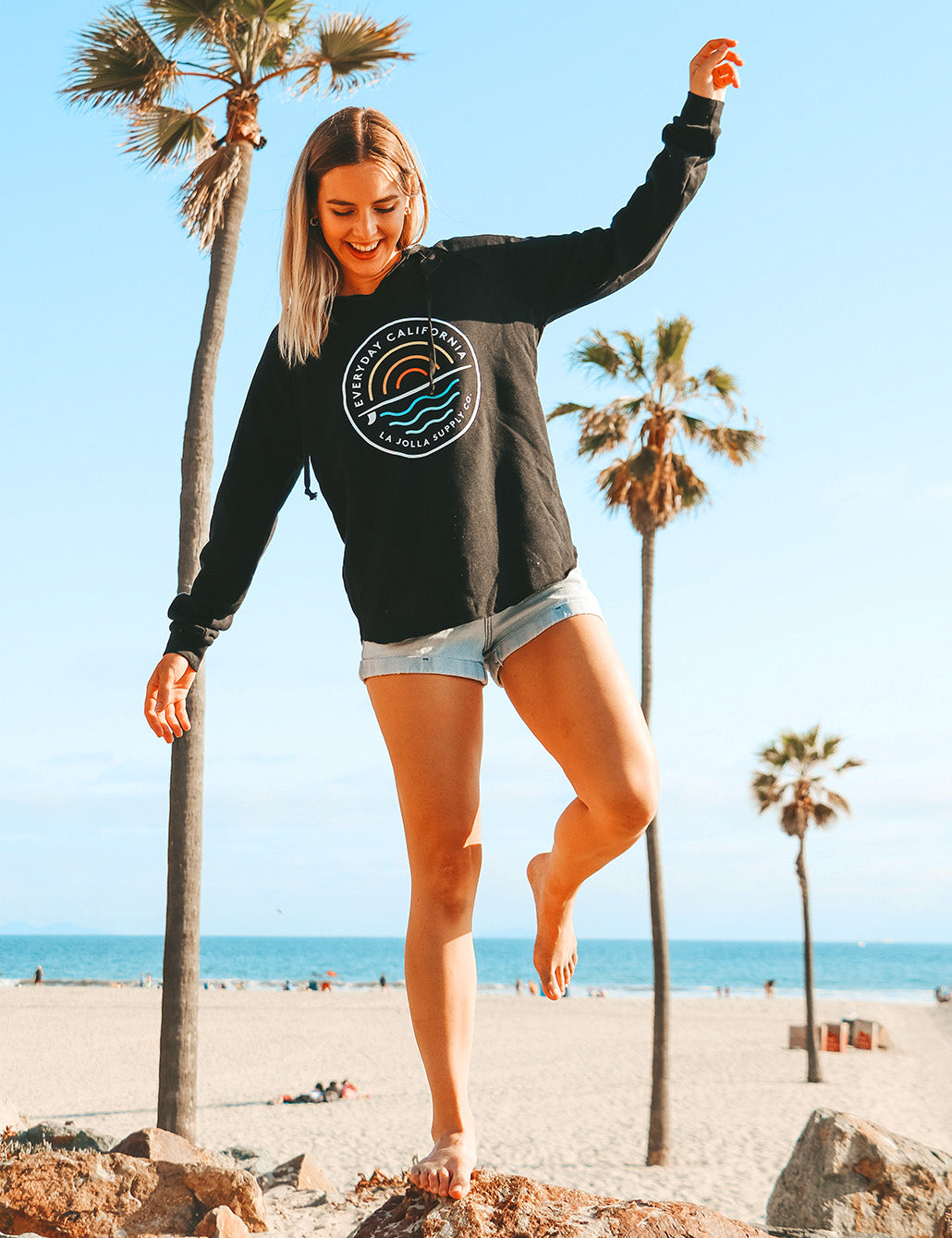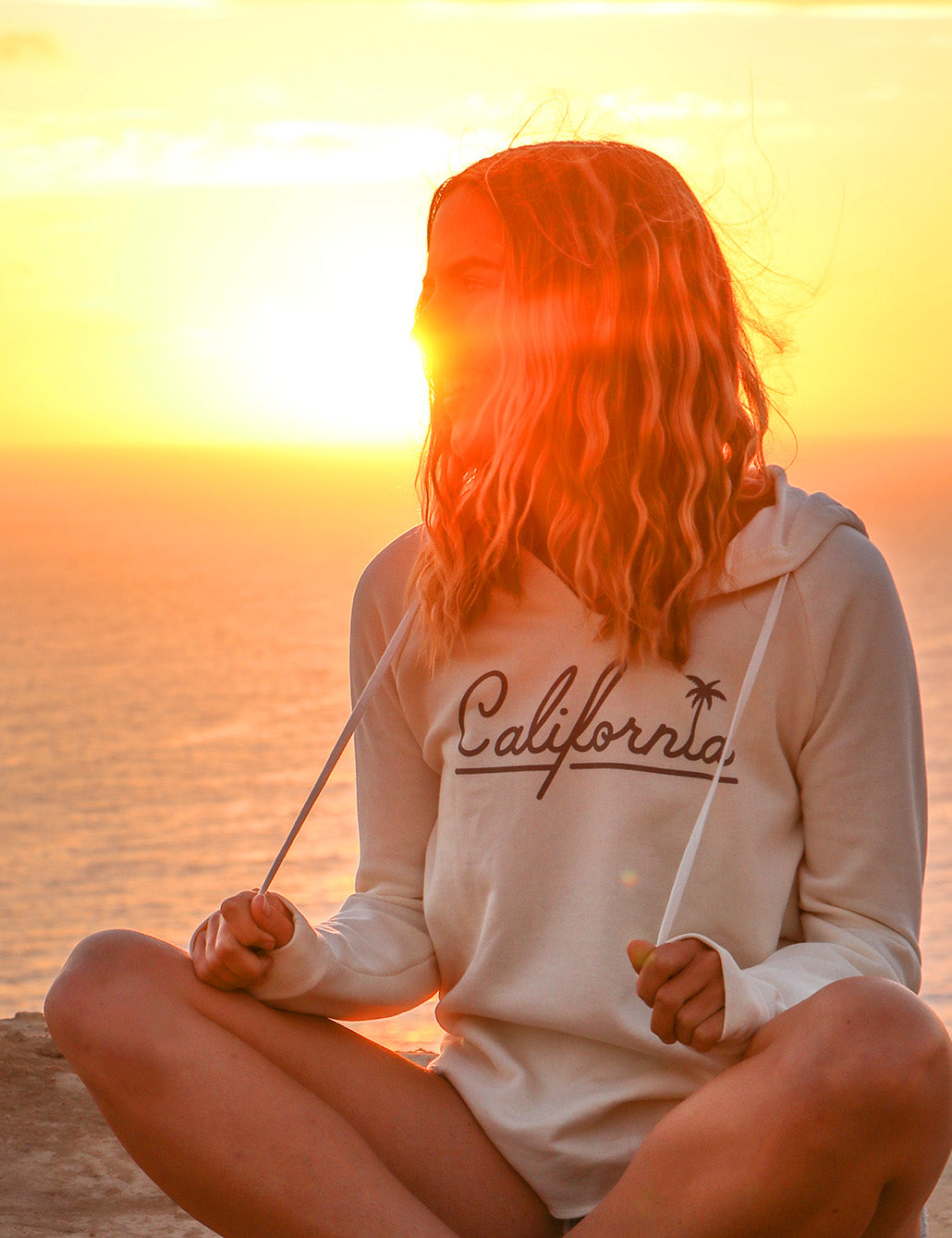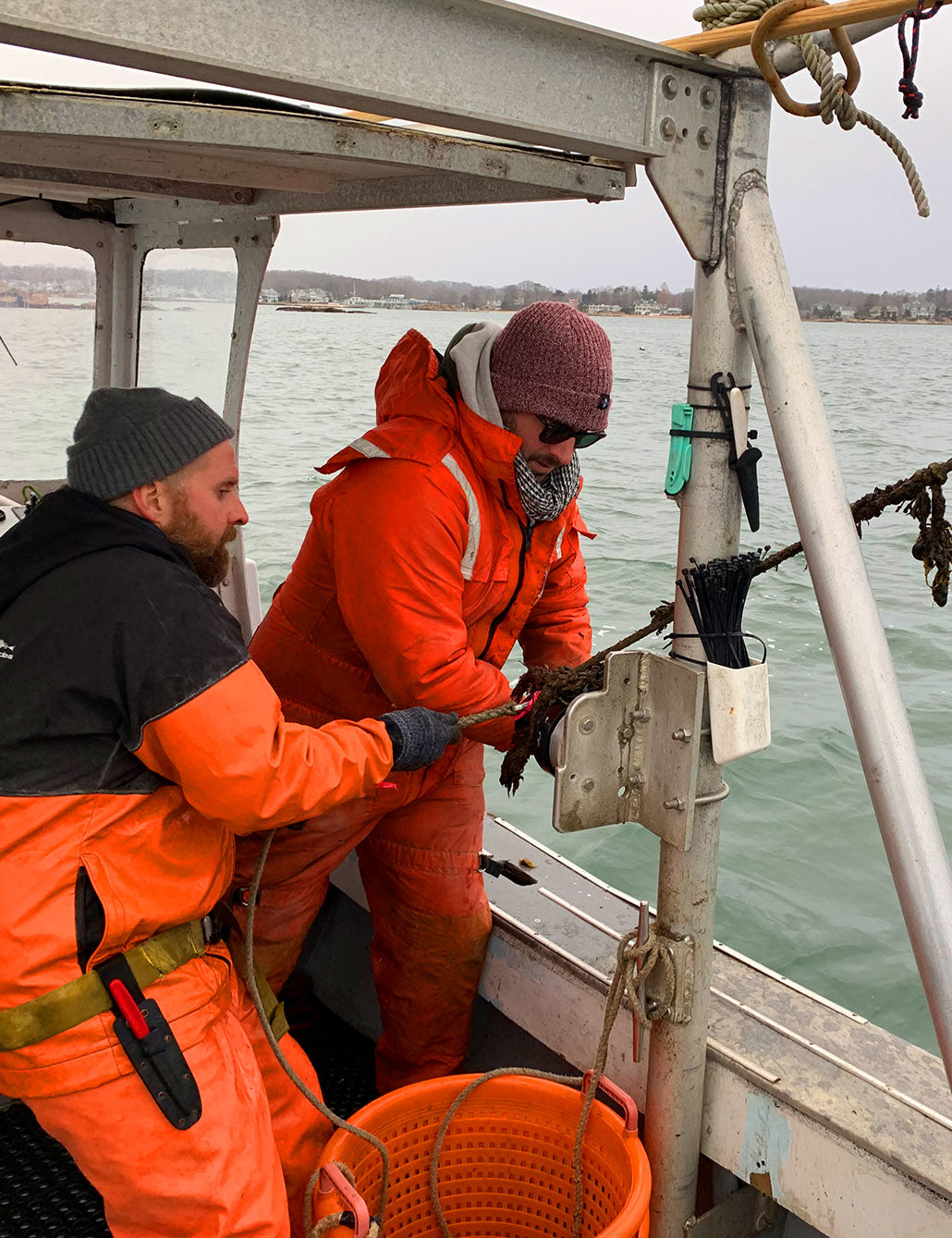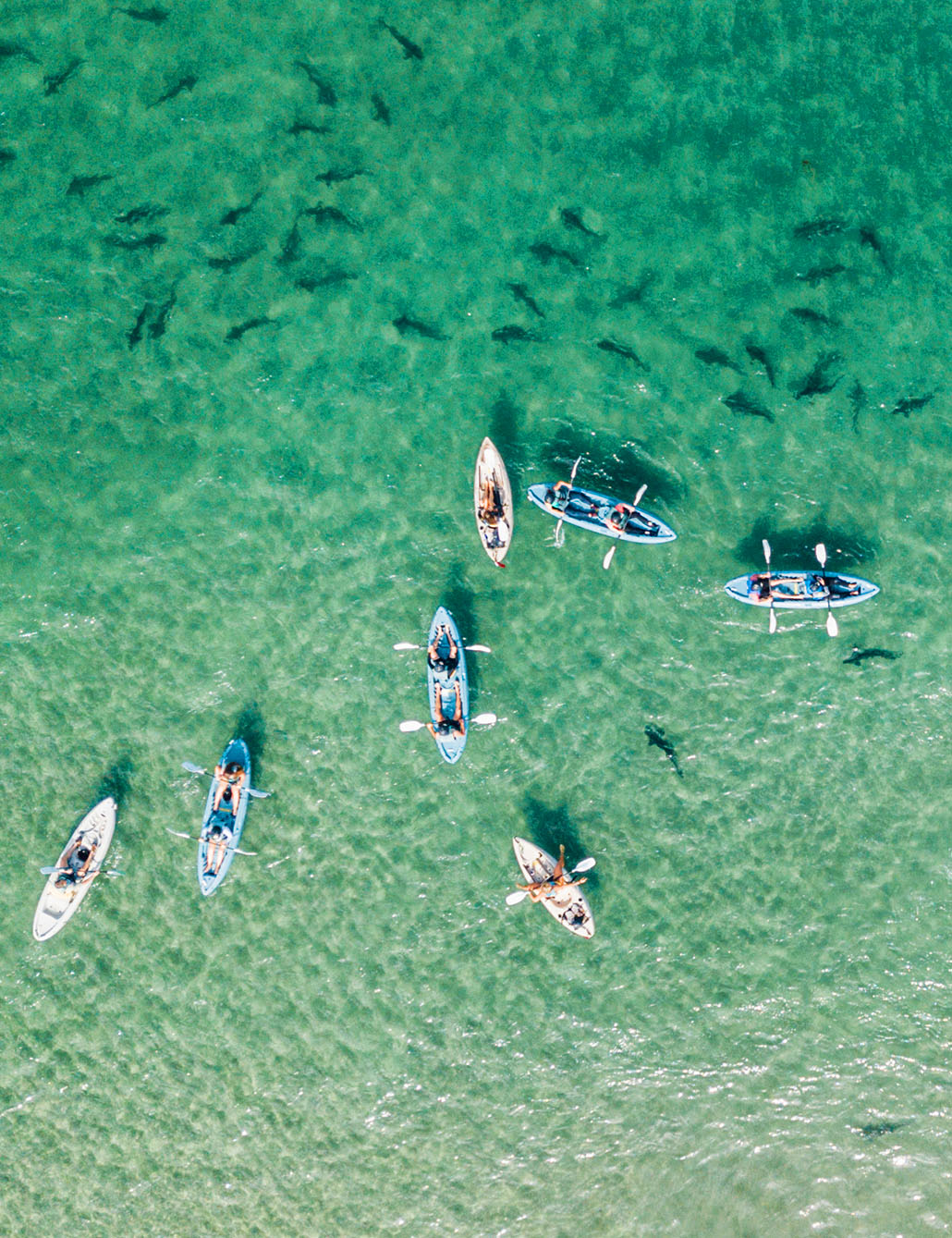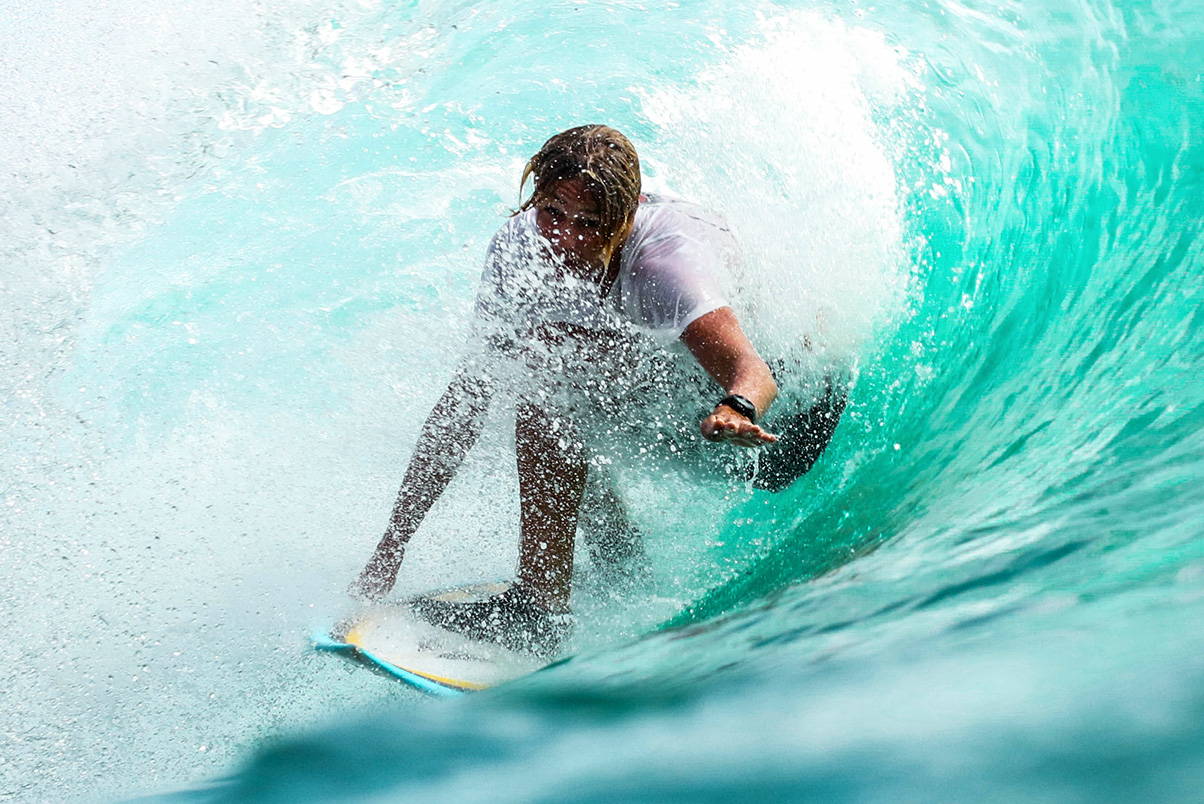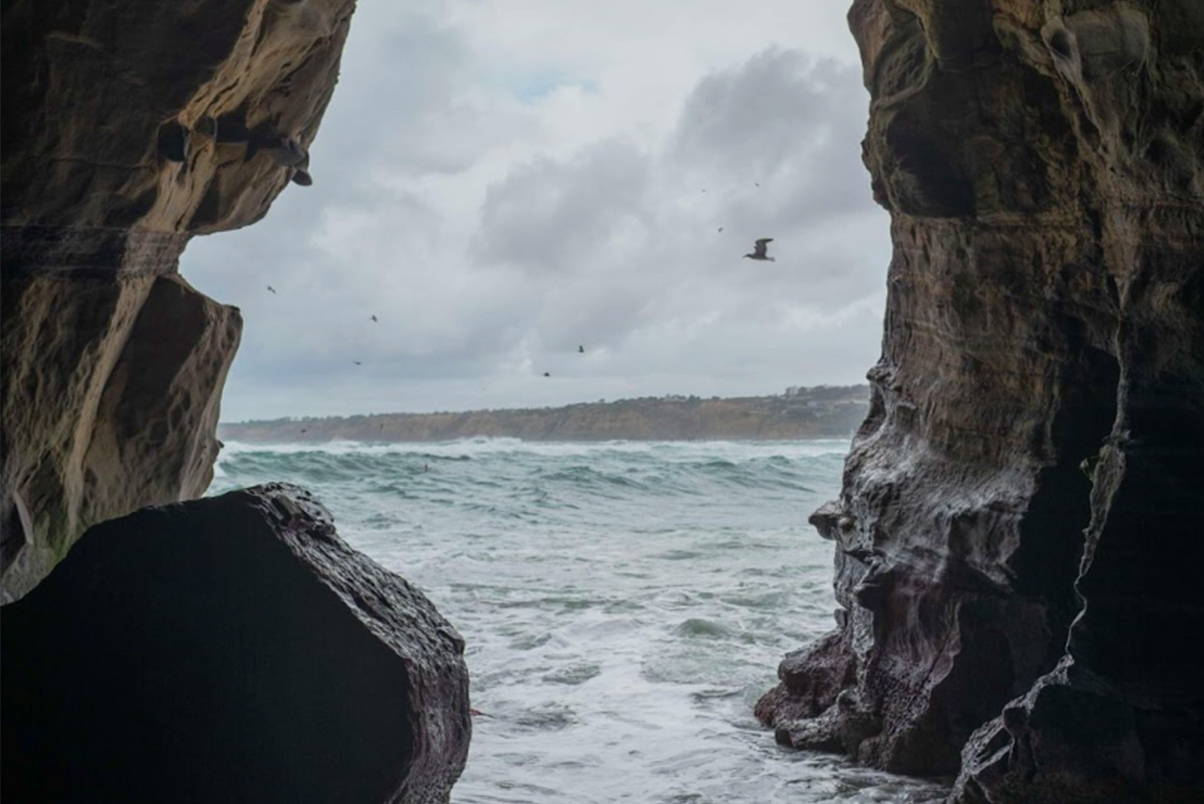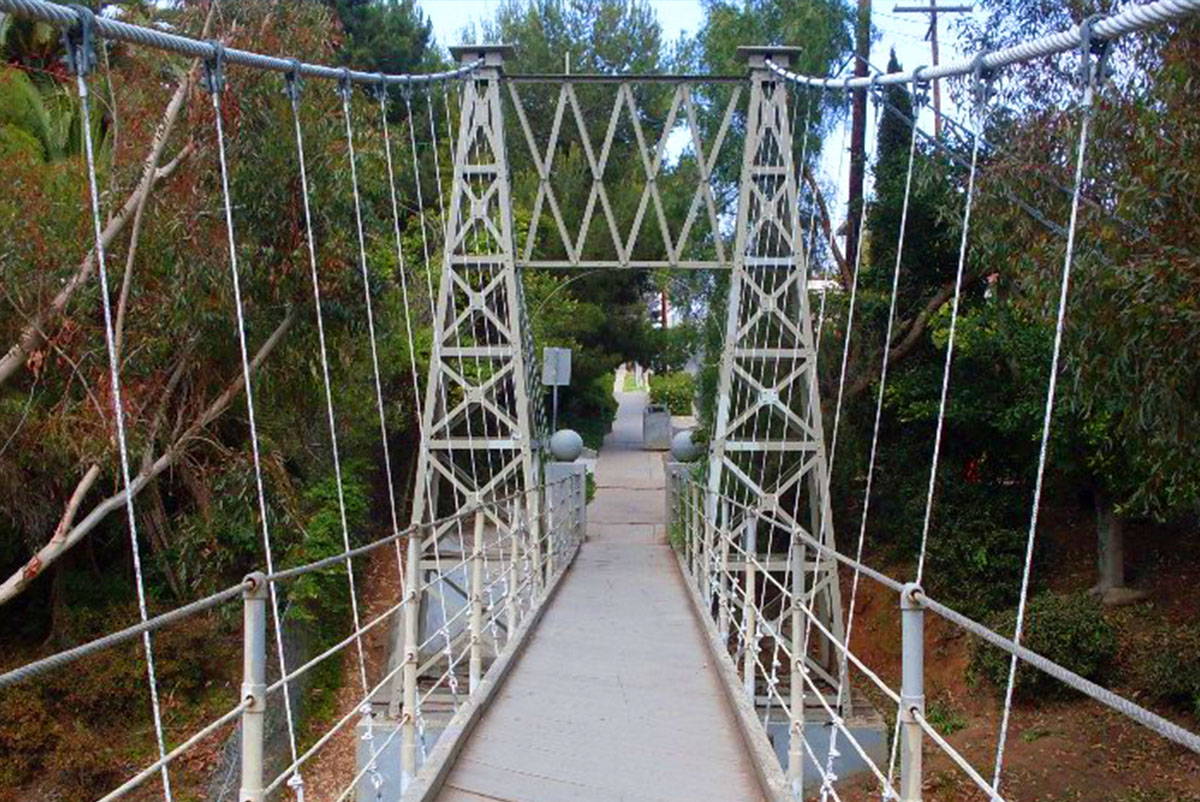Ankle Biters:
Very Small waves that could be great for beginners.
Barrel:
A perfectly formed wave that a surfer can ride inside of, feeling like they're "barreled" inside the wave.
Barrelling waves are probably what you picture when you think of a wave - but they’re more rare than you think. They’re hollow when they break which creates the perfect ride. Surfing a barrel is something every surfer dreams of!
Beach bum:
Someone who spends all their time at the beach, whether it's surfing or just hanging out.
Bomb:
A really big wave that can be either exciting or terrifying, depending on how you feel about getting "bombed".
These massive waves are not for the faint of heart… if you see one coming it, your best bet is to try to paddle to the outside. You might see surfers sitting far out, usually avoiding having to race the “bomb” in the first place.
Burn:
When someone drops in on another surfer's wave, it's a "burn" that can lead to a heated exchange.
Carve:
The graceful, fluid turns that surfers make on their boards, carving up the waves like a master chef.
Caught Inside:
When a surfer is positioned between the white water and the breaking wave,
making it difficult to paddle out. If a massive set is coming in and you don’t paddle out in time, you might get “caught inside.”
Closeout:
A wave that breaks all at once, with no open face to ride, it's like the ocean's way of saying "Sorry, we're closed." If you try to surf a closeout - it’ll probably end in a rag doll.
Cutback:
A maneuver where the surfer turns back towards the breaking part of the wave. This “cutback” motion by carving back and forth towards the pocket helps a skilled surfer gain speed and momentum. This is a key skill to level up your surfing ability.
Dawn Patrol:
Surfers who hit the waves at the crack of dawn, chasing that perfect wave before the crowds arrive. (AKA the best way to start your day)
Ding:
A ding is a small dent or damage to a surfboard, something that happens to even the most experienced surfers. Usually, we’ll see these on epoxy boards. Depending on the ding, you might need to fix it before you surf again.
Drop in:
To take off on a wave in front of another surfer who has priority.
Drop knee:
A style of bodyboarding where the surfer drops one knee to the board. This technique where the surfer drops down to one knee to ride the wave is something that takes a lot of skill and balance.
Duck dive:
A technique for getting under an oncoming wave.
The action of diving under a wave while paddling out to the lineup, a skill that all surfers need to master. Push the nose of your board underwater to dive below a breaking wave. This will help you avoid getting caught inside, and makes paddling out way easier.
Eat it:
To wipe out or fall off the board. When a surfer falls off their board and wipes out, it's like they're "eating" the wave.
Foam:
The bubbly, white water that surfers ride when a wave has already broken.
Going over the falls:
When a surfer wipes out and is thrown over the crest of the wave.
This wipeout can happen if you try to pull back from a wave… it’s not fun, but something all surfers will experience!
Goofy Footed (vs. Regular Footed):
Goofy footed means riding with the right foot forward, while regular footed means riding with the left foot forward.
Grom:
A young surfer who's just starting out, usually full of enthusiasm and energy.
Hang five:
A maneuver where the surfer hangs 5 toes off the nose of the board.
Hang Ten:
The ultimate longboard maneuver where the surfer walks all the way to the nose and hangs all ten toes over the edge.
Heavies:
Large, powerful waves. These can be intimidating even to experienced surfers.
Indo:
Short for Indonesia, a world-famous surf destination with some of the best waves in the world.
Into the soup:
When a surfer wipes out and gets completely submerged in the white water, they're "in the soup."
Kick out:
To exit a wave before it closes out, "kicking out" to avoid getting pummeled by the whitewater.
Kook:
A (can-be mean) term for a beginner or inexperienced surfer. A surfer who's clueless, inexperienced, or just generally uncool. Don't be a kook!
Leash:
A cord that attaches a surfer's ankle to their board, preventing the board from getting away from them in the water.
Lineup:
The area where surfers wait for waves.
The lineup is basically a queue for surfers. The one closest to the break has priority. Cutting in the lineup is poor etiquette - and might get you labeled as a kook! Don’t worry if you drop-in on accident when learning, just make sure to apologize (and don’t let it happen again).
Locked in:
This is what happens when riding in the barrel of a wave and you cant get out. You’re “locked in” if you find yourself trapped in a crashing wave.
Mush:
A wave that lacks power and shape. These are pretty much un-surfable.
Nose:
The front of the surfboard.
Offshore / Onshore:
Offshore means the wind is blowing from land to sea, creating clean waves, while onshore means the wind is blowing from sea to land, creating choppy waves.
Overhead:
Waves that are taller than the surfer. Overhead is just a measure of the size of the wave.
Paddle Battle:
When two or more surfers race to catch the same wave.
Pocket:
The area of the wave with the most power and speed. The pocket is the part of the wave that is the best place to surf for a longer ride. It’s the steepest section of the wave + the portion where you want to be to get “barreled.”
Pop-up:
The technique of quickly standing up on the board to catch a wave.
This is one of the first skills you’ll learn, and the most important one! Pop-ups can be difficult to perfect, one wrong move and you’ll find yourself off balance and headed for a wipe out.
Pura Vida:
A Costa Rican phrase meaning "pure life," often used as a greeting among surfers.
Quiver:
A collection of surfboards. Usually, someone's collection has different boards for different waves and surfing conditions.
Rag Dolled:
When a surfer is tumbled around underwater by the waves. Treat rag dolling like a rip current - keep your wits, remain calm, and get back to the surface.
Right of Way:
The rule that gives priority to the surfer closest to the breaking part of the wave.
Rip:
A strong current that can pull surfers out to sea.
OR
Surfing really well.
Set:
A group of waves that arrive in a pattern.
Shorebreak:
Waves that break directly on the shore.
Shorebreak waves can be hard to get past, and pretty much un-surfable.
Stoked:
A feeling of excitement and happiness
Swell Period / Wave Period:
The time it takes for two successive wave crests to pass a fixed point in the ocean, usually measured in seconds. The longer the swell period, the more powerful the waves.
Thruster:
A type of surfboard with three fins on the end, two on the sides and one in the middle. It's the most common type of surfboard today.
Twin Fin:
A surfboard with two fins, an early fin setup used in the 70s and 80s that has recently regained popularity.
Whitewater:
The white, bubbly, turbulent water that's left behind after a wave has broken. It can make it difficult to paddle out or catch a wave.
Wipeout:
When a surfer falls off the board or is unable to successfully ride a wave.

